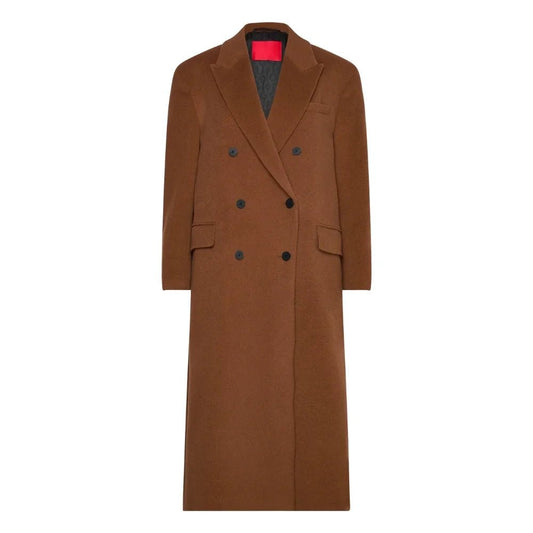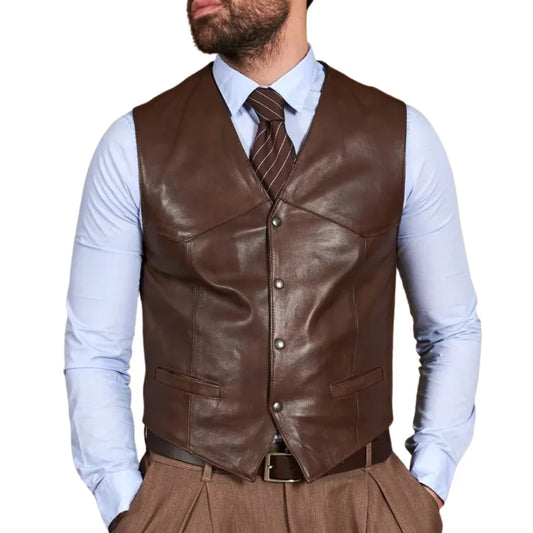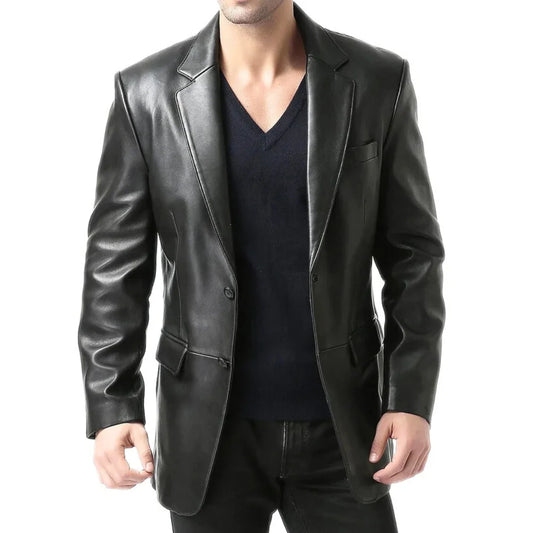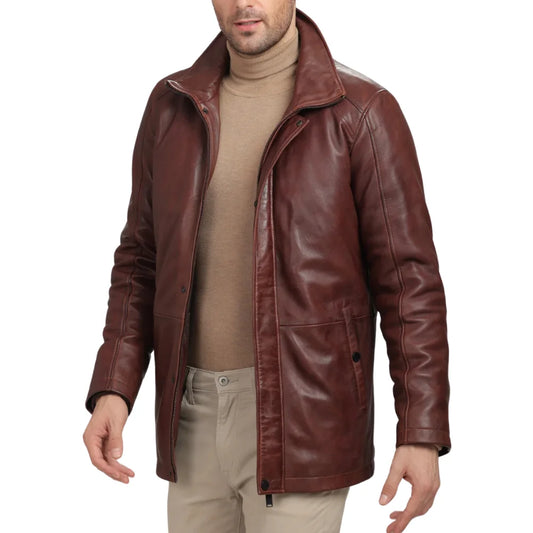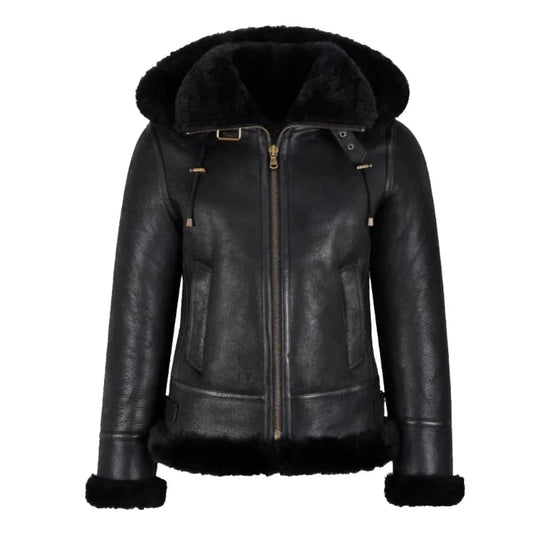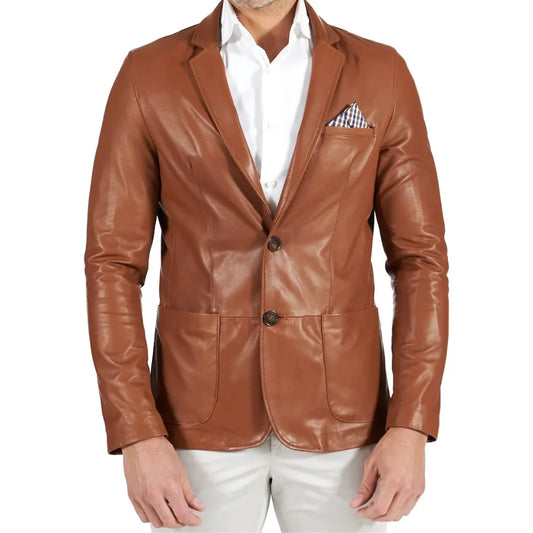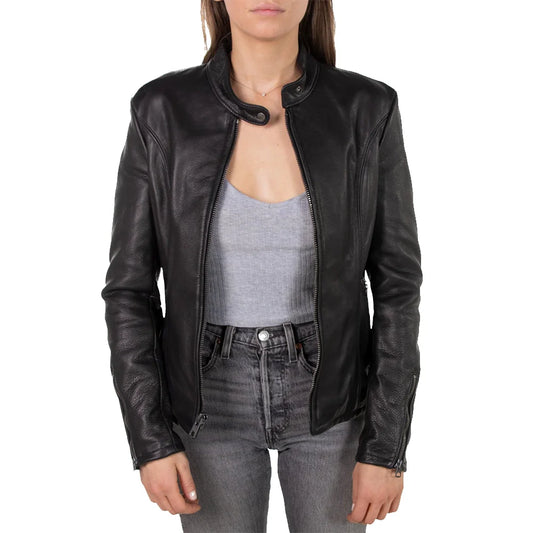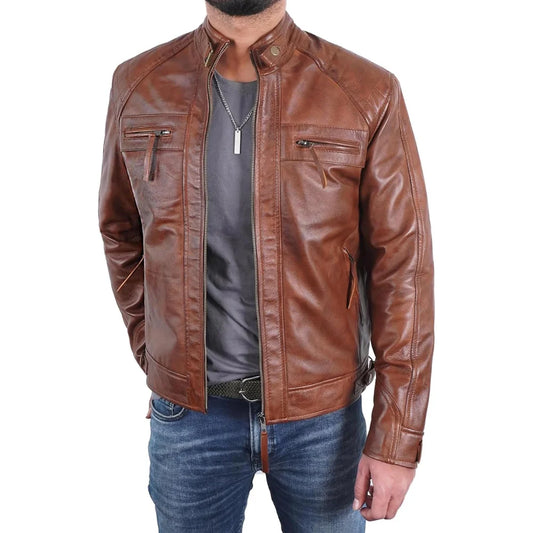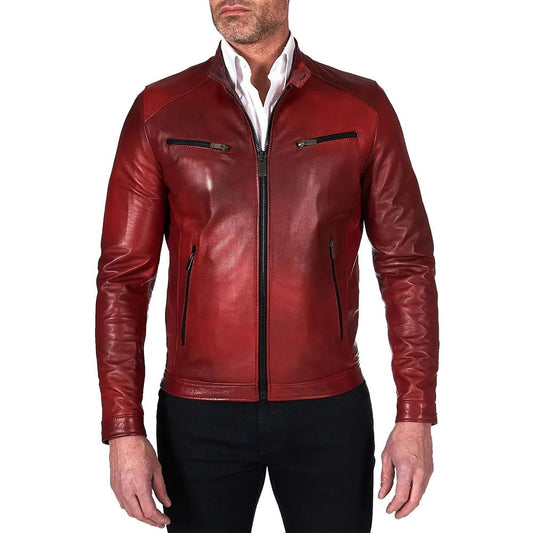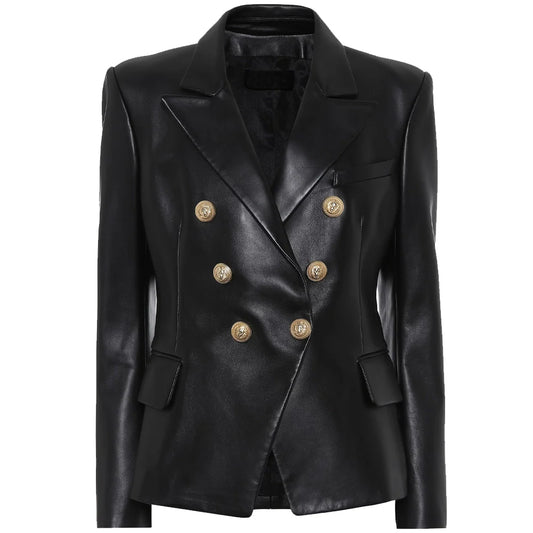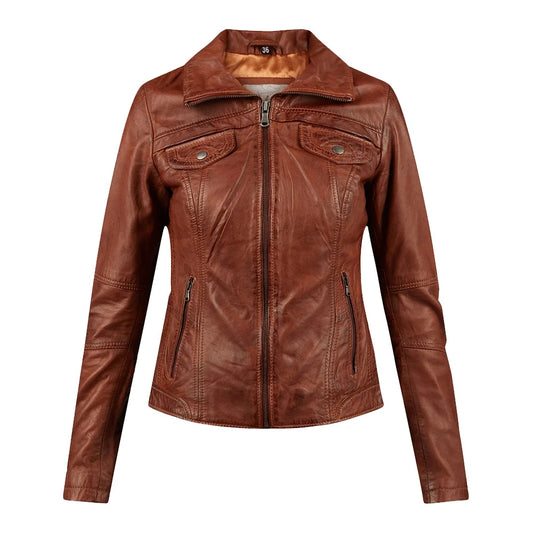What is PU Leather? A Complete Guide to This Faux Leather Favorite
Ever found yourself wondering, “What exactly is PU leather?” You're not alone — this popular material is everywhere, from leather jackets and bags to furniture and shoes. In this quick but detailed guide, we’ll explain everything you need to know about PU leather — including how it's made, its pros and cons, care instructions, and even sustainable alternatives.
What is PU Leather?
PU leather (short for polyurethane leather) is a synthetic material designed to look and feel like real leather — but without using animal hide. Also known as faux leather or vegan leather, it’s made by coating a fabric base (usually polyester or cotton) with a flexible layer of polyurethane.
How is PU Leather Made?
- Base Layer: Typically polyester or cotton fabric is used for structure.
- PU Coating: Liquid polyurethane is applied to create the leather-like surface.
- Embossing & Finishing: The material is embossed to mimic natural leather grain and treated with colors, protective layers, and sheen.
Pros of PU Leather
- Cost-Effective: More affordable than genuine leather.
- Cruelty-Free: No animals harmed in production.
- Uniform Appearance: Consistent texture and color.
- Wide Variety: Available in many finishes and colors.
- Water & Stain Resistant: Easy to clean and maintain.
- Lightweight: Often lighter than real leather.
Cons of PU Leather
- Less Durable: Prone to peeling or cracking over time.
- Less Breathable: Doesn’t allow airflow like real leather.
- Not Biodegradable: Made from petroleum-based plastics.
- Less Luxurious Feel: Doesn’t develop patina like real leather.
- Heat Sensitive: Can be damaged by high temperatures or sunlight.
How to Care for PU Leather
- Dust Regularly: Wipe with a soft dry or damp cloth.
- Clean Gently: Use mild soap and water for stains. Avoid soaking.
- Avoid Harsh Chemicals: Never use bleach, alcohol, or abrasives.
- Protect from Heat: Keep away from radiators or direct sunlight.
- Store Properly: In a cool, dry place — avoid tight folding.
How to Identify Quality PU Leather
- Feel: Should feel flexible, not overly stiff or plastic-like.
- Look: Consistent grain and smooth finish without obvious flaws.
- Smell: Shouldn’t have a strong chemical odor.
- Build: Quality stitching and sturdy fabric backing signal durability.
Sustainable Alternatives to PU Leather
- Cork Leather: Natural, renewable, and durable.
- Pinatex: Made from pineapple leaf fibers.
- Mushroom Leather (Mylo): Grown from mycelium roots.
- Apple Leather: Made from apple waste and PU blend.
- Recycled PU: Uses recycled plastics to reduce impact.
- Waxed Canvas: Fabric-based alternative with water resistance.
- Ethical Genuine Leather: Responsibly sourced natural leather.
Conclusion
PU leather is a budget-friendly, cruelty-free option that looks and feels similar to real leather. While it doesn’t offer the same breathability, patina, or long-term durability, it remains a smart choice for many fashion and furniture needs. Understanding how to care for it — and recognizing sustainable alternatives — empowers you to shop more consciously.
